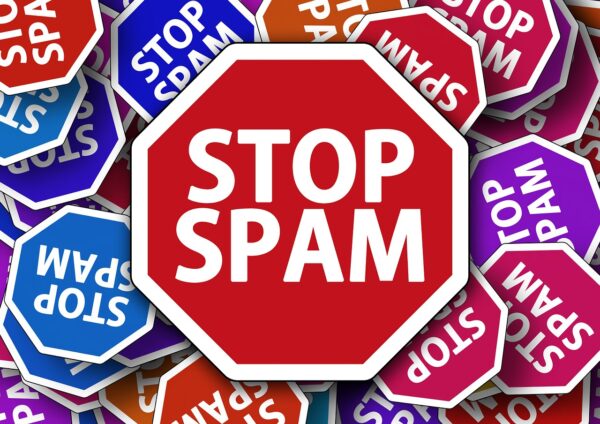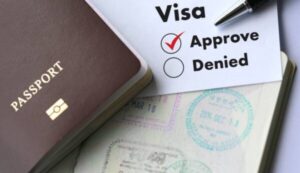us9514901185421: Beware USPS Scam Email and fake usps tracking number
3 min read
us9514901185421
In today’s digital age, scams and fraudulent activities have found new avenues to exploit unsuspecting individuals. One such alarming trend is the rise of USPS scam emails and fake USPS tracking numbers. Scammers have become increasingly sophisticated in their tactics, often targeting individuals’ trust in reputable institutions like the United States Postal Service (USPS). In this article, we delve into the details of these scams, how they work, and essential steps you can take to safeguard yourself from falling victim to such online fraud.
The USPS Scam Email Phenomenon
USPS scam emails, also known as phishing emails, involve cybercriminals posing as legitimate representatives of the USPS to deceive recipients into divulging sensitive information or clicking on malicious links. These emails usually employ alarming subject lines or content, such as pending package deliveries, unpaid postage, or urgent actions required, to evoke a sense of urgency and prompt recipients to take immediate action.
Also Read: us9514961195221 – Beware Scam fake text messages
The Anatomy of a USPS Scam Email
- Urgent Requests: Scam emails often demand prompt action from recipients, such as clicking on links, downloading attachments, or providing personal information.
- Hyperlinks: Fraudulent emails contain hyperlinks that appear legitimate but redirect users to malicious websites designed to steal personal and financial data.
- Attachments: Scammers may attach infected files that, when downloaded, can compromise a recipient’s device and steal sensitive information.
- Fake Tracking Numbers: One of the common tactics is the inclusion of fake USPS tracking numbers to lend an air of legitimacy to the email. These tracking numbers may lead to false tracking pages that further deceive recipients.
- Grammar and Spelling Errors: Though scammers are getting smarter, many scam emails still contain errors in grammar, punctuation, or spelling.
Fake USPS Tracking Numbers:
A prevalent feature of USPS scam emails is the inclusion of fake tracking numbers. These tracking numbers often lead recipients to fraudulent tracking pages that mimic the USPS website. The goal is to convince recipients that their package is en route and that they must take action, such as clicking a link or providing personal details, to ensure successful delivery. In reality, these tracking numbers are fabricated, and any interaction with the scam page only puts recipients at risk.
Protecting Yourself from USPS Scam Emails
- Verify the Sender: Carefully inspect the sender’s email address. Legitimate USPS emails will come from an official USPS domain, such as “@usps.com.”
- Hover Over Links: Before clicking on any links, hover your mouse pointer over them to reveal the actual URL. Verify that it matches the official USPS website.
- Avoid Downloading Attachments: Refrain from downloading attachments from unknown sources. Even seemingly harmless files can contain malware.
- Cross-Check Tracking Numbers: If you receive a tracking number, cross-check it on the official USPS website. Avoid interacting with third-party links provided in the email.
- Look for Typos: Be cautious of emails containing spelling or grammatical errors, as they can be indicative of fraudulent communication.
- Guard Personal Information: Never share sensitive information, such as Social Security numbers or financial details, through email.
- Use Multi-Factor Authentication: Whenever possible, enable multi-factor authentication on your online accounts to add an extra layer of security.
- Educate Yourself: Stay informed about the latest scam tactics and familiarize yourself with USPS’s official communication methods.
Reporting USPS Scam Emails
If you suspect you’ve received a USPS scam email, it’s crucial to report it to the USPS and relevant authorities. You can forward the suspicious email to the official USPS email address for investigation: [email protected].
Conclusion
The rise of USPS scam emails and fake tracking numbers underscores the importance of vigilance and caution when interacting online. By understanding the tactics scammers use and implementing preventative measures, you can safeguard your personal and financial information from falling into the hands of cybercriminals. Remember, staying informed and practicing healthy online habits are your best defenses against such fraudulent schemes.






